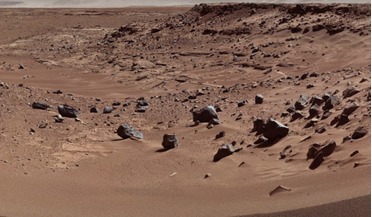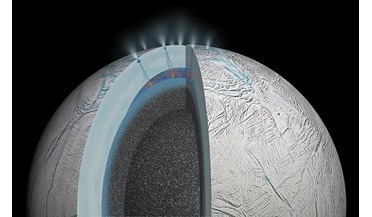 28 August 2020
Clumps of bacteria could survive interplanetary journey, new study says
28 August 2020
Clumps of bacteria could survive interplanetary journey, new study says
... survive for three years in outer space conditions and could potentially survive for much longer if the microorganism colony is bigger. Floating high up in the troposphere 12 kilometres above Earth are colonies of a bacteria known as Deinococcus...
 02 January 2021
Life beneath glaciers is good news in the search for life on icy worlds
02 January 2021
Life beneath glaciers is good news in the search for life on icy worlds
... a major impact on Earth's climate, both today and in the past," said Boyd. "We've known for a while that microorganisms living beneath ice sheets or glaciers can fix carbon, but we never really understood how. What Eric...
 26 April 2021
Microbes could potentially live beneath Mars' surface, new study suggests
26 April 2021
Microbes could potentially live beneath Mars' surface, new study suggests
... kind of chemical energy that supports microbial life deep beneath Earth’s surface, meaning that these tiny microorganisms could be present on Mars right now. Lurking deep underground in caves on our planet are colonies of sulphate-loving...
 21 May 2021
New study suggests organic salts are likely present on Mars
21 May 2021
New study suggests organic salts are likely present on Mars
... organic salts, such as oxalates and acetates, for energy. With this analogy in mind, it could be possible that microorganisms on Mars, if they existed or still do exist, could be doing the same. Salts on Mars are likely to be widespread and...
 07 July 2021
Methane detected on Enceladus could be a sign of life, study shows
07 July 2021
Methane detected on Enceladus could be a sign of life, study shows
...accounted for. On Earth, deep-sea vents are covered in microbial ecosystems rich in methanogenic archaea; methane-producing microorganisms that are thought to be among the earliest cellular life forms to colonise our planet. Methanogens are typically...